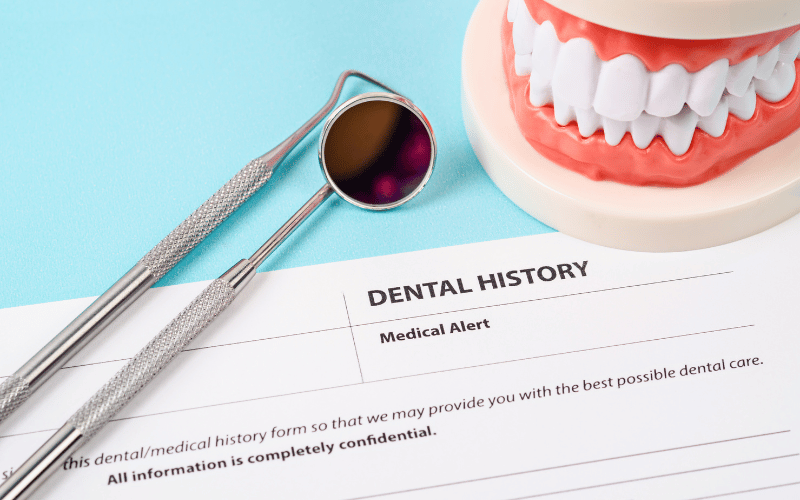Introduction: Decoding the Enigma of Odontomas
In the intricate world of dental health, odontomas stand out as a notable topic of discussion, primarily due to their benign nature and the curiosity they spark among both dental professionals and patients alike. These dental oddities, while often unnoticed and harmless, play a significant role in oral health and development.

Odontomas, broadly classified into compound and complex types, are essentially a form of tooth development anomaly, leading to the formation of tumor-like structures. They are primarily composed of normal dental tissues, but these tissues are laid down in an atypical fashion that disrupts the normal architecture of teeth. The formation of an odontoma can be likened to an orchestra playing out of sync, where each component of the tooth structure – enamel, dentin, pulp, and cementum – exists but not in the harmonious order that characterizes a healthy tooth.
This dental condition is generally asymptomatic, often coming to light during routine radiographic examinations. This silent prevalence is what makes knowledge and awareness of odontomas crucial for early detection and management.
While their cause isn’t pinpointed to a single factor, insights suggest a combination of genetic predisposition and environmental triggers might be at play. This interplay between heredity and external factors opens up a myriad of research possibilities, aiming to demystify the origins of odontomas and provide a clearer path to prevention and treatment.
The treatment, albeit surgical, is straightforward with a commendable success rate. The aftermath of such intervention is usually uneventful, but it underscores the importance of dental health vigilance. Moreover, the implications of untreated odontomas on dental well-being – such as misalignment and impaction – further reinforce the need for early diagnosis.
As dental science progresses, the pursuit of understanding these formations continues, with ongoing research shedding light on the potential for genetic testing and early intervention. This article delves into the key aspects of odontomas, from their nature and symptoms to their treatment and the overarching impact they have on oral health. With each section, the article aims to inform, elucidate, and guide through the intricacies of odontomas, addressing common questions and providing an in-depth look into this dental anomaly.
Fact 1: Understanding the Nature of Odontomas – A Benign Revelation

Odontomas, intriguing yet benign, mark their presence in the dental landscape as developmental anomalies rather than true tumors. Their benignity is their standout characteristic, setting them apart from other oral growths that often ring alarm bells. In understanding odontomas, one grasps the concept of an orderly misarrangement—where dental tissues, while normal in their individual constitution, come together in an architectural muddle. This leads to a formation that doesn’t quite match the blueprint of a typical tooth structure.
Unpacking this benign revelation further, the make-up of an odontoma is fascinating. Comprised of enamel, dentin, pulp, and cementum, the building blocks of any tooth, an odontoma is a mosaic of dental tissues. However, this mosaic is laid without the defining boundaries and shapes that guide the emergence of a functional tooth. Essentially, the dental tissues overstep their usual limits, growing excessively yet coherently.
In the case of odontomas, discovery often precedes symptoms. They lie dormant and undiscovered, biding their time within the jaw until an eagle-eyed dentist spots them on an X-ray. This quiescence is deceptive, as their growth can influence the arrangement and health of neighboring teeth, often in ways that only become apparent with time.
When symptoms do arise, they are typically mechanical in nature. They stem from the physical obstruction odontomas pose to the eruption of adjacent teeth, rather than from the odontoma itself. This lack of overt symptomatology underlines the importance of regular dental check-ups for early detection, particularly in those key developmental years when odontomas are most likely to form.
Each odontoma’s narrative concludes with its discovery and the subsequent plan to address it. While the tale of odontomas is seldom fraught with urgency or dire consequences, it carries a message of vigilance for dental health, highlighting the need for attention to the subtleties within our jaws that speak volumes without a sound. (1)